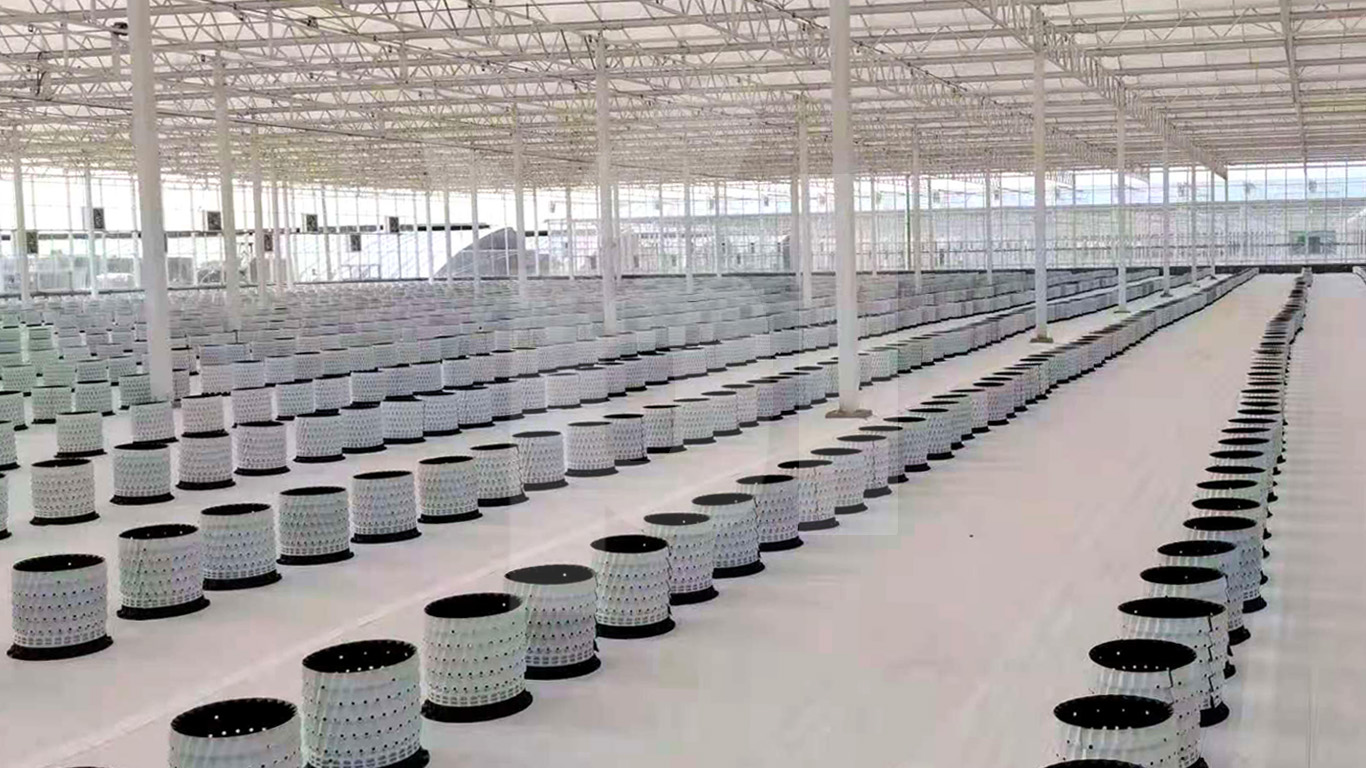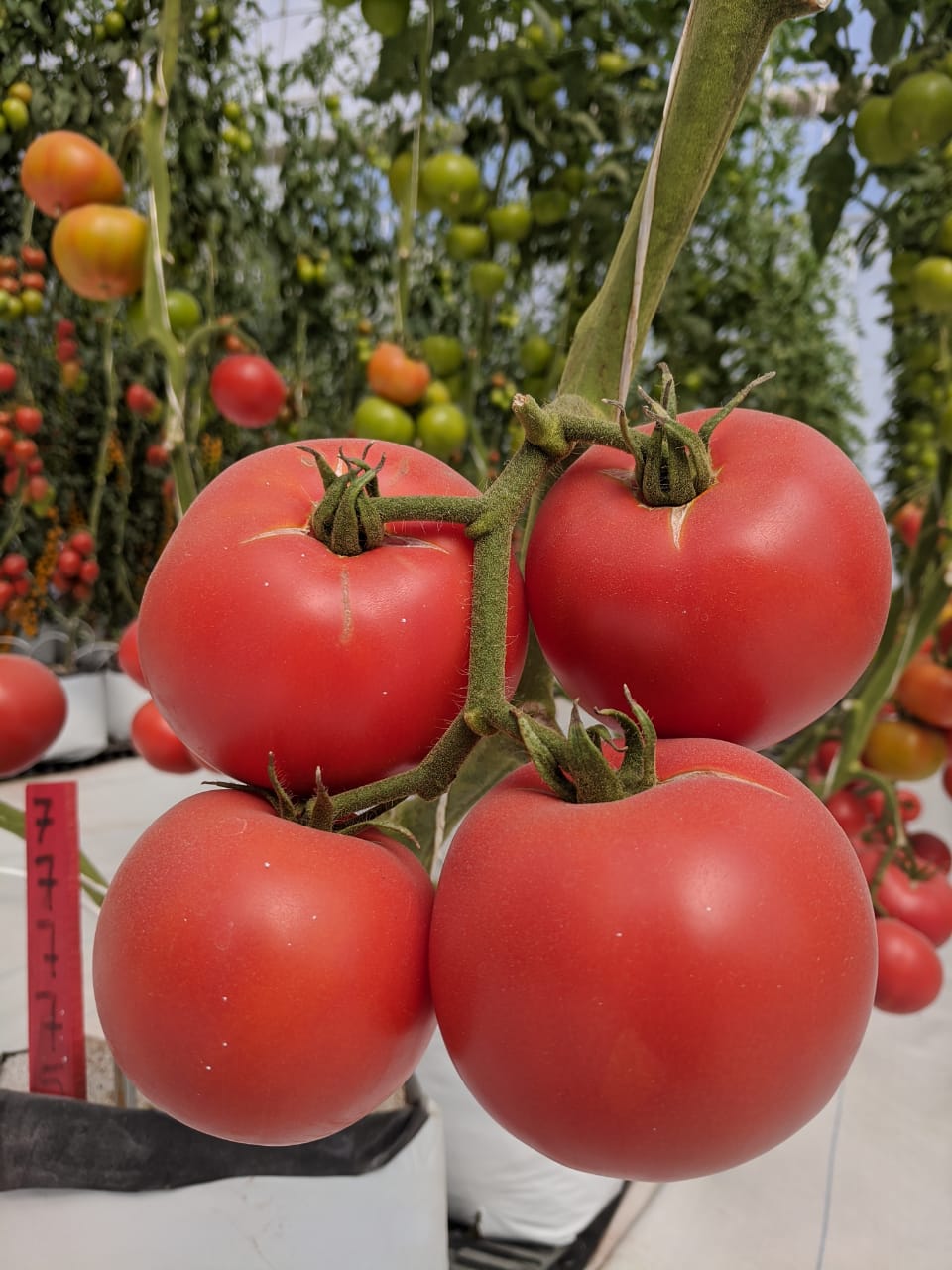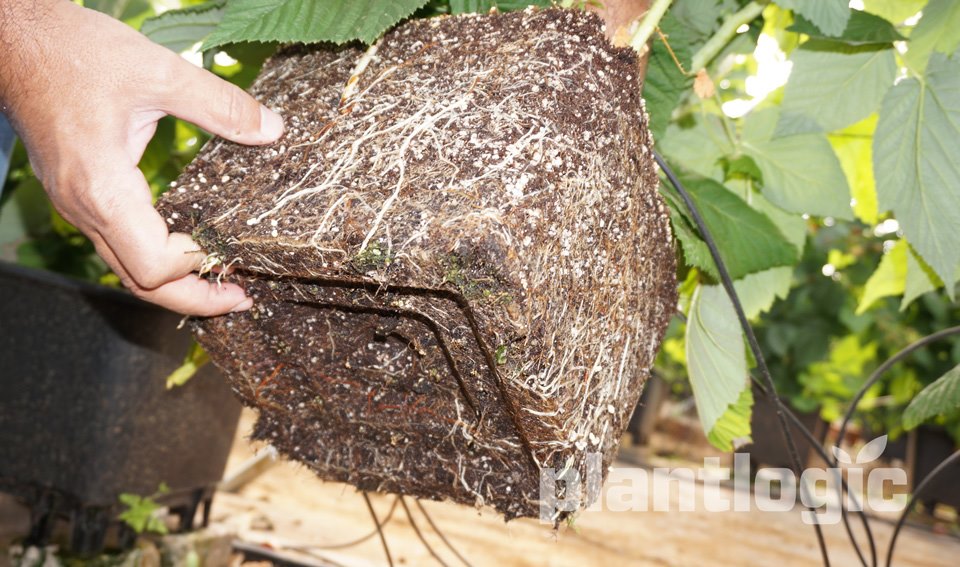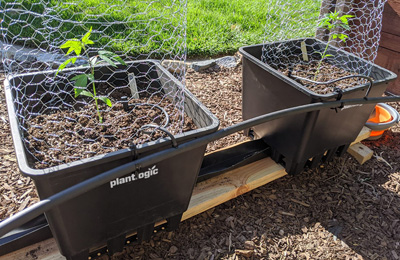Growing plants in substrates has become a popular choice in commercial gardening. As the practice is gaining popularity, more products are being designed to cater to this growing trend. Naturally, substrate pots have become the mainstay of modern container gardening. The ideal substrate allows the gardeners to provide the plants with a conducive base for growth. It also helps the plants stay in their position.
Depending on the plant they are growing, gardeners have many options in substrates to choose from. They can select among rockwool, oasis cubes, vermiculite, coir, peat, pea gravel, sand, composted bark, lava rock, pumice, and many more options. They can create custom mixes too. And, they can pick substrate pots depending on the substrate they plan to use. Here is a quick guide on how to choose the best substrate pots for gardening.
Sufficient Water for the Substrate to Thrive
Peat is another popular substrate. It is a substrate of choice for plants that thrive in acidic soils, including Rhododendrons, Holly, Azaleas, Fothergillas, Gardenias, and others. Peat moss keeps the soil pH below 5.5. Interestingly, peat is hydrophobic when it is dry. So, when you are using peat moss for gardening, make sure that you have a pot that can keep the peat moss wet. If peat moss is not kept wet, then water will evaporate quickly from the peat moss, and the actual substrate will shrink. This will make the substrate leave the pot on the sides. At this stage, re-hydrating the substrate becomes significantly more difficult.
Larger pots like the 30 Liter Round Pot have more volume. The higher volume of the substrate allows for better water retention by the pot. This makes it a good container for gardening with substrates like peat moss. The pot still provides excellent drainage with the 40 holes at its base. The holes help drain the excess water that is not needed by the substrate in the pot.
Link: http://plantlogic.jakeodom.com/wp-content/uploads/2016/04/Plantlogic-30-liter-round-1308030-Hero.jpg
Provide Proper Aeration to the Substrate
Substrates like the Sphangnum peat moss are highly absorbent. The substrate not only retains water but also provides excellent aeration. These substrates require pots that can hold water. Substrates like sphagnum absorb all the water in the vicinity. So, you have to counter two challenges. One is that the plant roots will be surrounded by water. Secondly, the sphagnum peat moss can become dry. So, sphagnum works best for plants that require plenty of water to grow.
Pots like the 5 Liter Round Pot are easy to manage. They can be watered frequently using the multi-function hose clips that can hold the irrigation hose in place. This allows the substrate to be watered periodically and address the dryness problem. Also, the 32 holes at the bottom of the pot provide proper aeration for the plant roots. So, the plant roots can breathe despite the presence of a lot of water around them.

Using Larger Sizes
Large containers are preferred substrate pots for most gardeners. Greenhouse gardeners in particular, who grow crops like orchids, require special substrates like pine bark or a pine bark mix with other substrates. These substrates provide excellent drainage in large containers. They work really well with pots like the 30 Liter Drainage Collection Pot. The excess water from these plants drains into the inexpensive gutter underneath. This pot works best in a greenhouse environment because it does not create a mess.

Allow Precise Measurement
In substrate gardening, it is vital that the gardeners have a complete picture of the nutrition and the water intake of the plants. The run-off from the plants allows the gardener to precisely measure that. Growers can use drainage collection pots like the 10 Liter Drainage Collection Pot, which comes with a drain on the bottom. They can use equipment like the Lysimeter Kit to monitor the drainage from the pot closely. The runoff can be used to find the irrigation volume, determine the pH environment, and more about the health of the substrate and the plant. In case the gardener discovers any variation from the desired conditions, they can make quick fixes to save the crop.
The Substrate Pots Vary with the Plant to be Potted
Substrate pots offer several benefits. They create a conducive environment for the substrate, which in turn leads to a healthy plant. They keep the substrate hydrated, aerated, provide them with enough space to expand and keep a check on their health. So, choosing the right substrate pots is a critical decision in the entire cycle of container gardening. This is a foundational step and therefore, requires due diligence and research on the part of the gardener.
Looking for the best substrate pots in the market? Check out the Plantlogic pots on Amazon.










Leave A Comment
You must be logged in to post a comment.